The fish eyes are disappearing! NSYSU discovered eyeless fish and was reported by Science
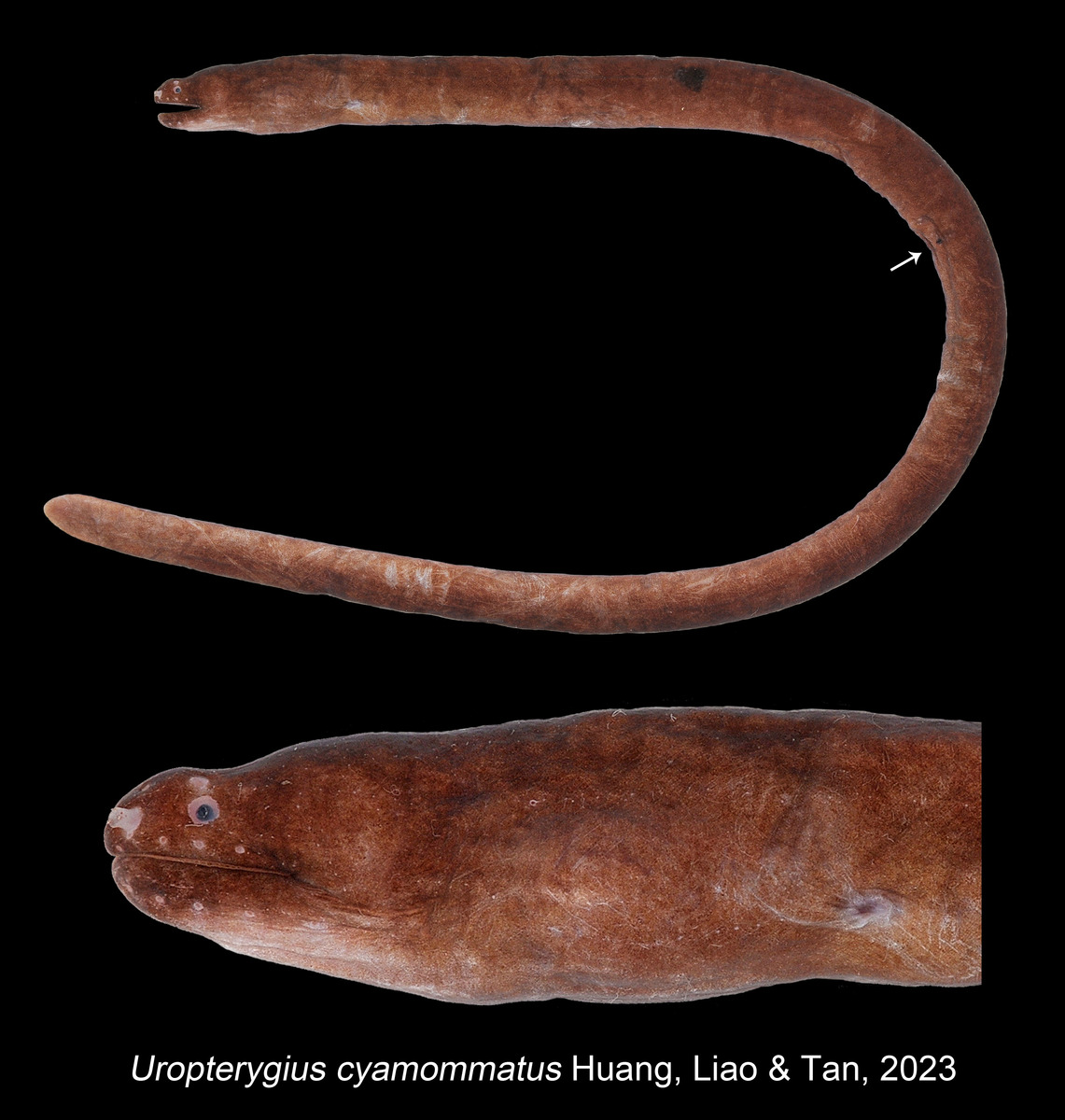
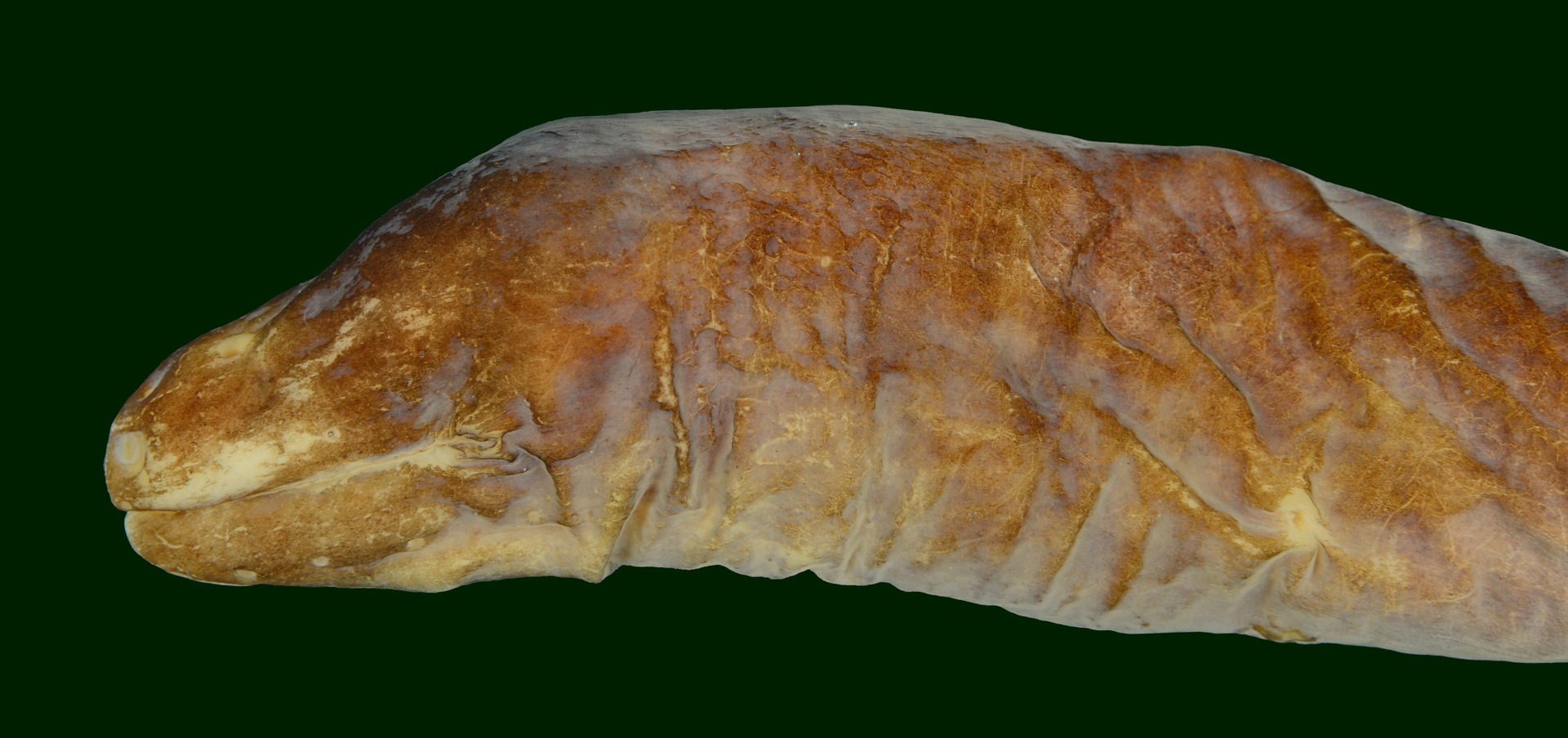
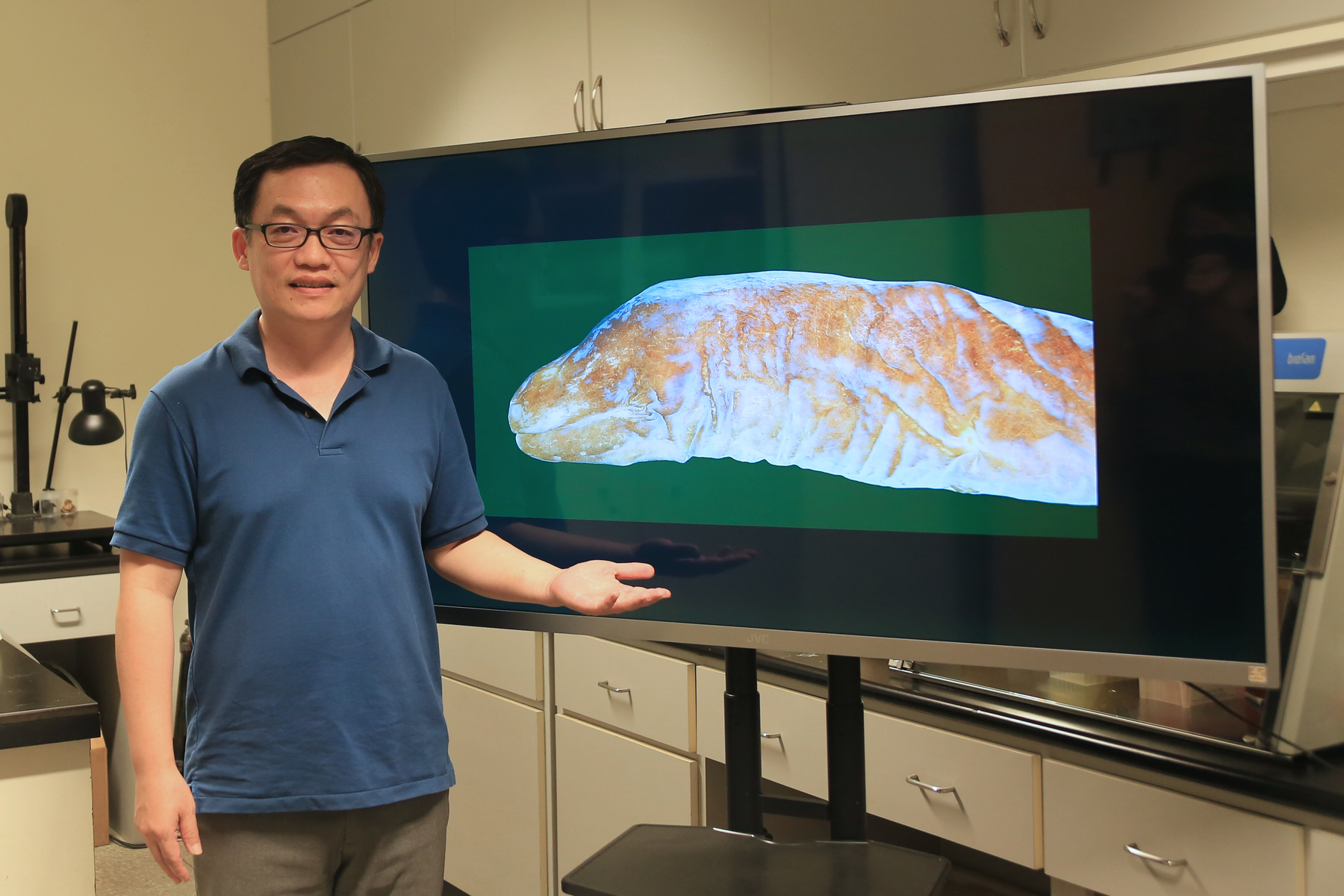
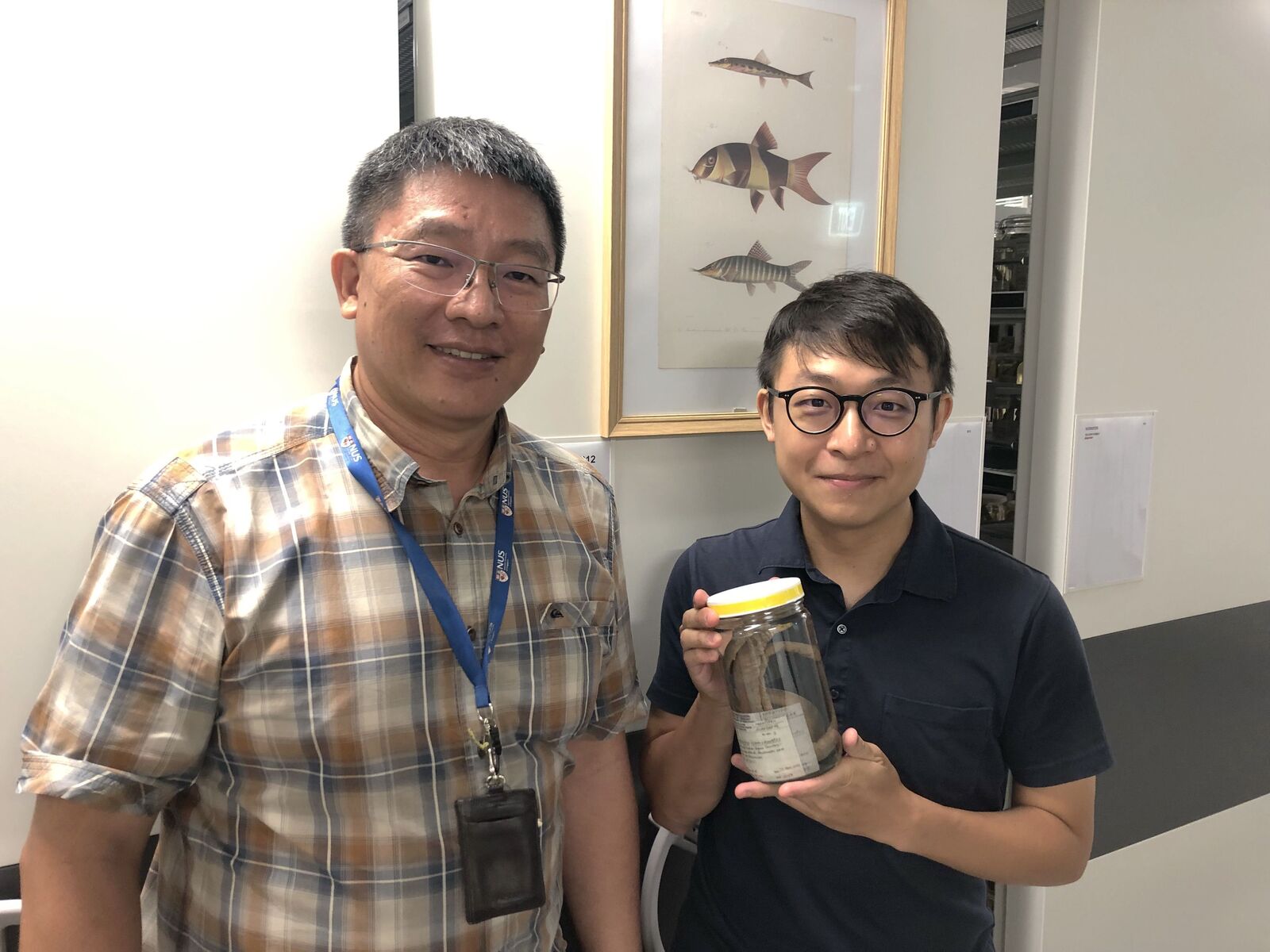


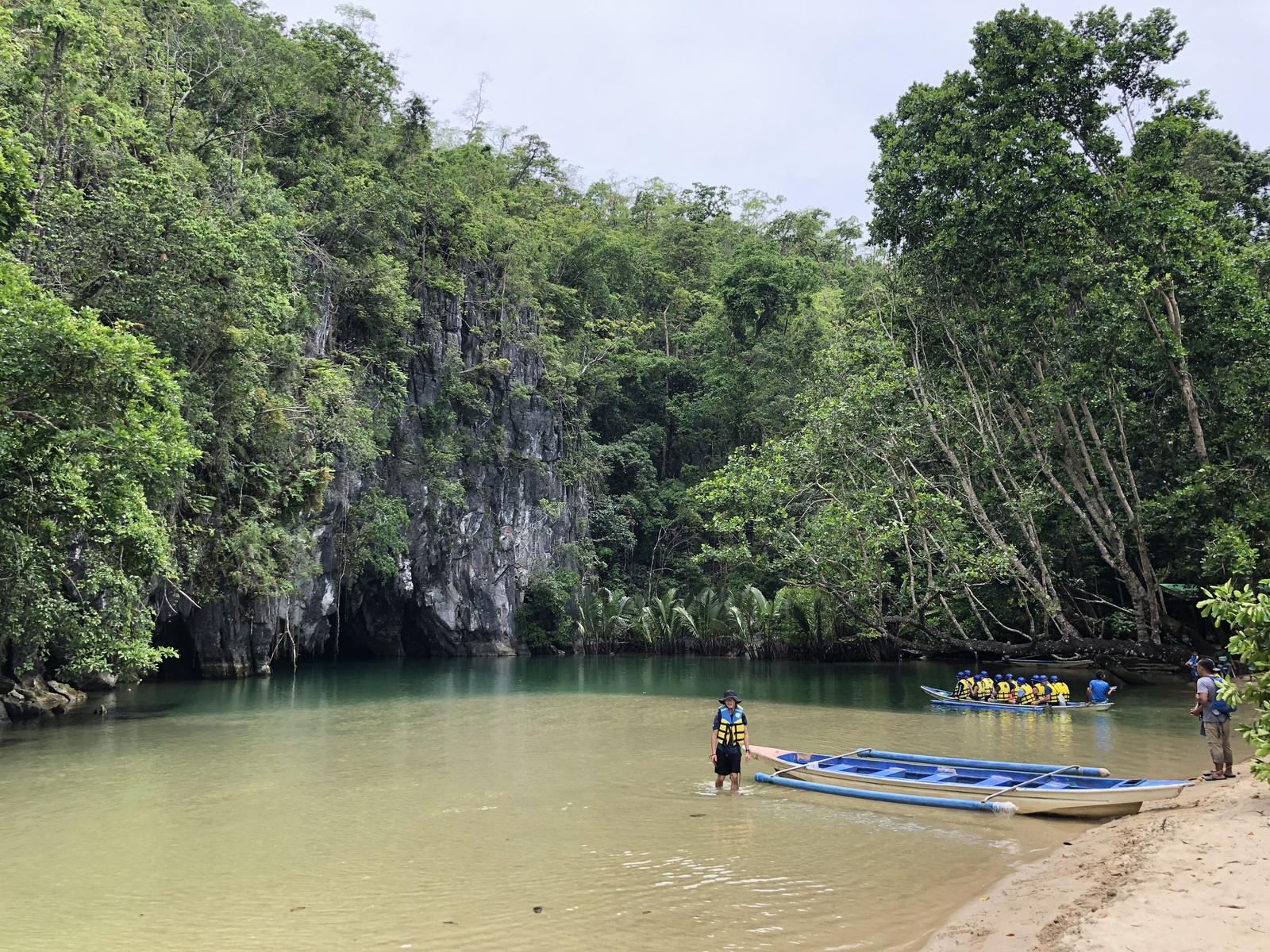
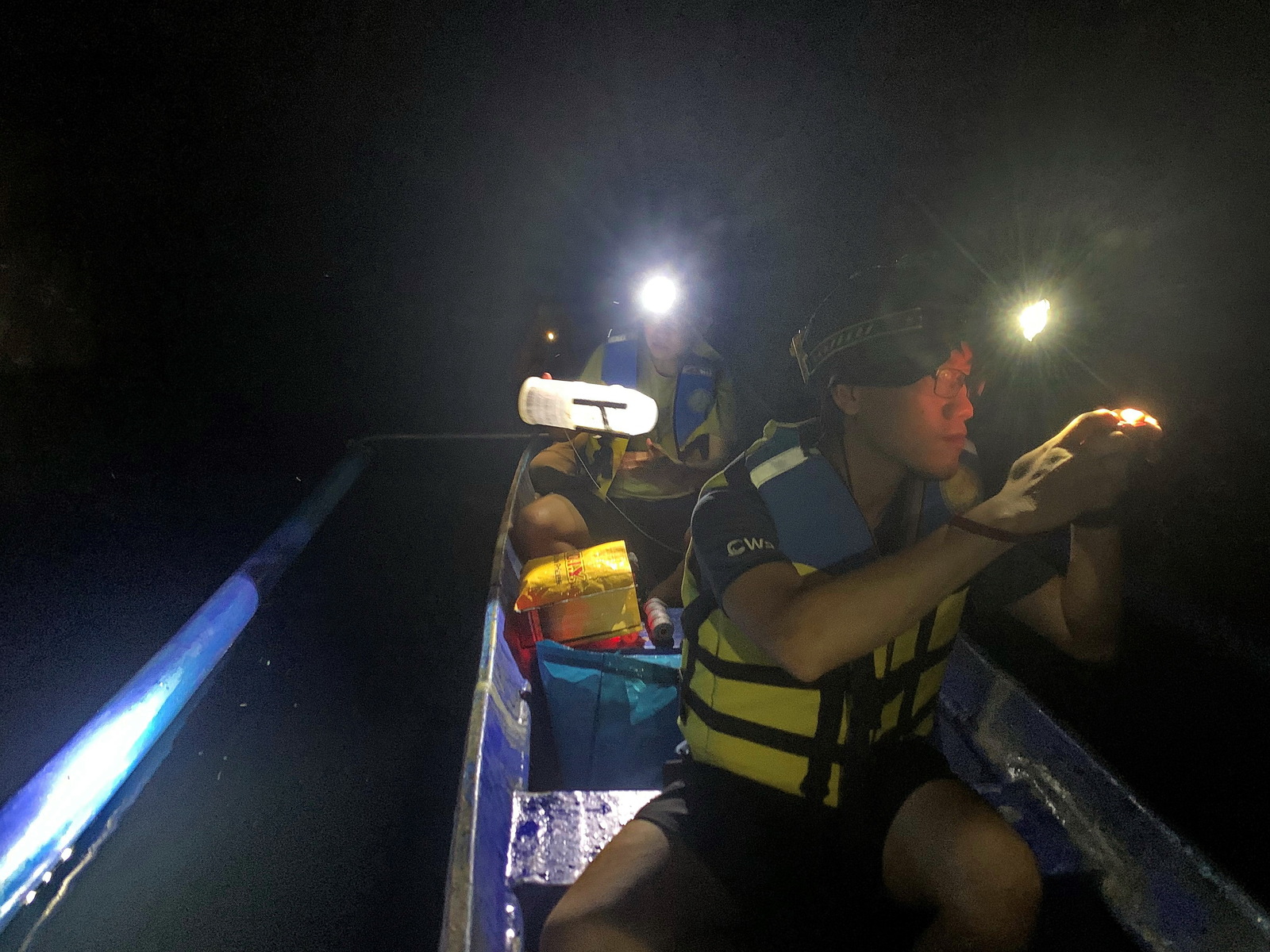
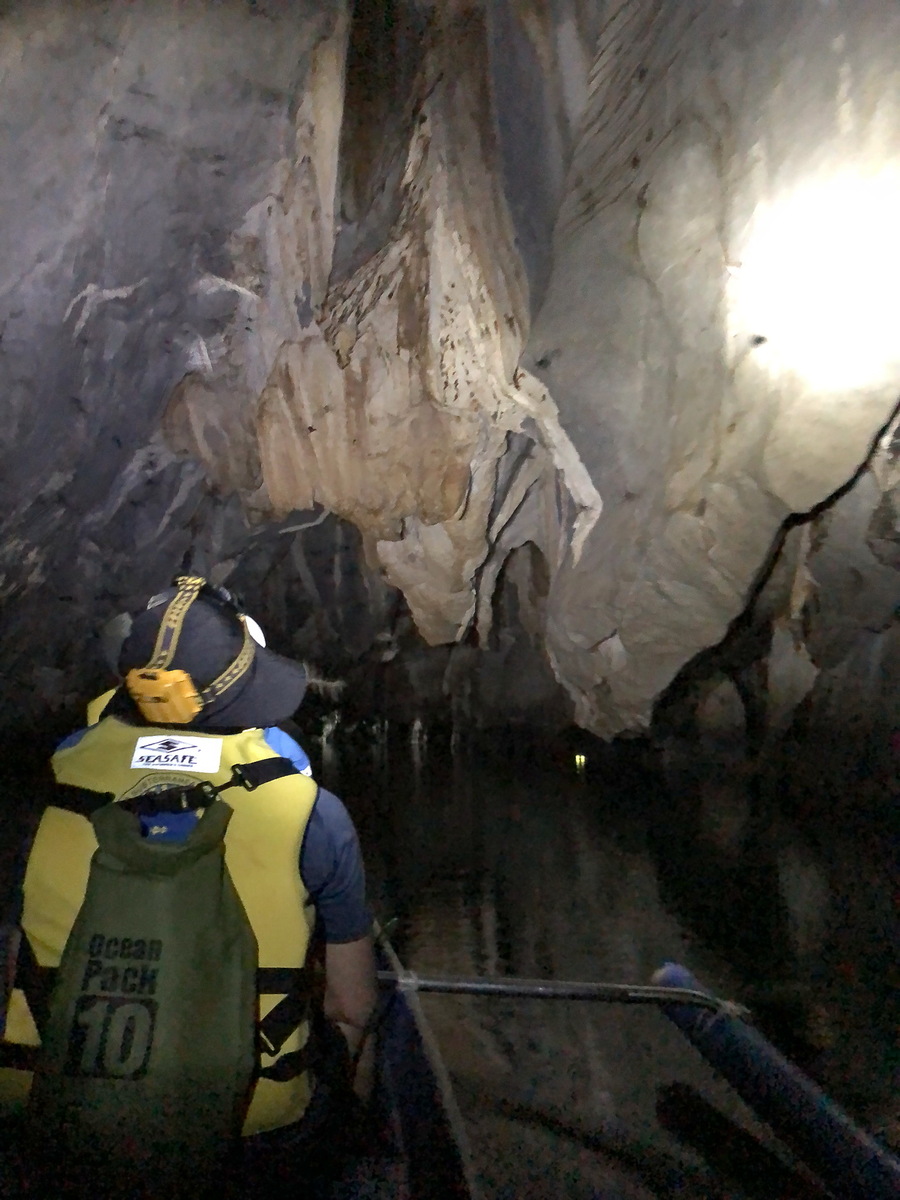
2023-07-04
Are there eyeless fish in the world? Te-Yu Liao, a Professor of the Department of Oceanography at National Sun Yat-sen University (NSYSU), Wen-Chien Huang, a doctoral student in the Doctoral Degree Program in Marine Biotechnology at NSYSU, and Heok Hui Tan, a researcher at the Lee Kong Chian Natural History Museum at the National University of Singapore, teamed up with a research team to discover a small-sized brown-colored species living in the underwater caves (anchialine caves) of Christmas Island in Australia and Panglao Island in the Philippines. In the cave environment of almost no light, the fishes of the family Muraenidae (i.e., moray eel) have very small eyes, and even the left eye of some individuals is completely missing. After examinations on the specimens, it was found to be a new species, and the paper was published in the journal Raffles Bulletin of Zoology in March this year. Because of its small bean-like eyes, it was named "Bean-eyed snake moray" (Uropterygius cyamommatus). This significant discovery was published as news on the website of the top international journal “Science.” (https://www.science.org/content/article/cave-dwelling-eel-going-blind-losing-one-eye-time)
Most people have some fear of the dark, but a group of creatures embrace the darkness and live in dark caves, including fish. As cave-inhabiting fish adapting to low-light or no-light environments, their bodies undergo corresponding changes, one of which is the degeneration or complete disappearance of the eyes. The research team pointed out that the Bean-eyed snake moray is the first-recorded moray eel to inhabit the underwater caves. Generally, the moray eels are considered to be marine fishes, and only very few species live in freshwater. The Bean-eyed snake moray is rarely caught by traps at the freshwater layer of the cave. It is temporarily unclear whether it inhabits pure freshwater or swims from the seawater in the lower layer of the cave to freshwater following the bait taste.
"The maximum body length of the Bean-eyed snake moray is about 40 cm. The main diagnostic character is the extremely small eyes. This kind of seawater fish with extremely small eyes or even eyeless is rare." Te-Yu Liao said that two of the nine specimens discovered this time had no left eye. The proportion of the eye is extremely small, or even disappeared, suggesting that the Bean-eyed snake moray may be in the process of evolution to adapt to the aphotic or low-light environments.
The NSYSU team went to the famous Puerto Princesa Subterranean River National Park in Palawan, Philippines in May this year for the investigation to further understand the composition, adaptation, and evolution of cave-inhabiting fish. The national park has many typical limestone caves and the world's longest underground river, which meanders 8.2 kilometers long below the surface and then flows into the South China Sea. The magnificent landscape made it listed as a World Heritage Site by UNESCO in 1999 and was chosen as one of the New Seven Wonders of Nature in 2011.
By taking a human-powered boat, the research team went deep into a completely dark underground river, setting baited traps upstream to investigate local fish and other aquatic creatures. They accidentally found that other species of Gymnothorax and fish live in caves. Because we still know very little about the cave ecosystems, it is worth continuing to study in depth. The team is currently analyzing the sampling results and plans to publish them in an international journal soon.
